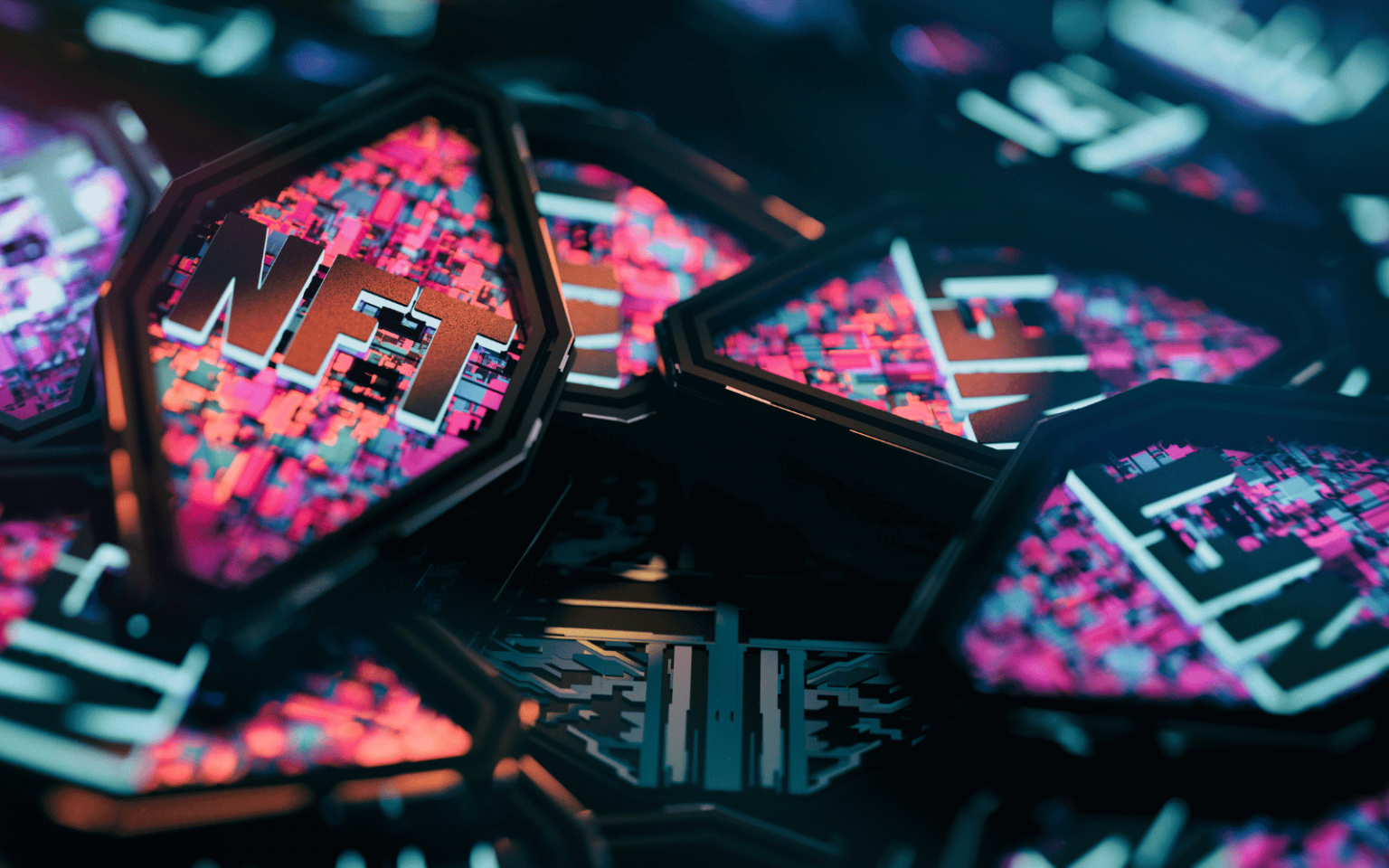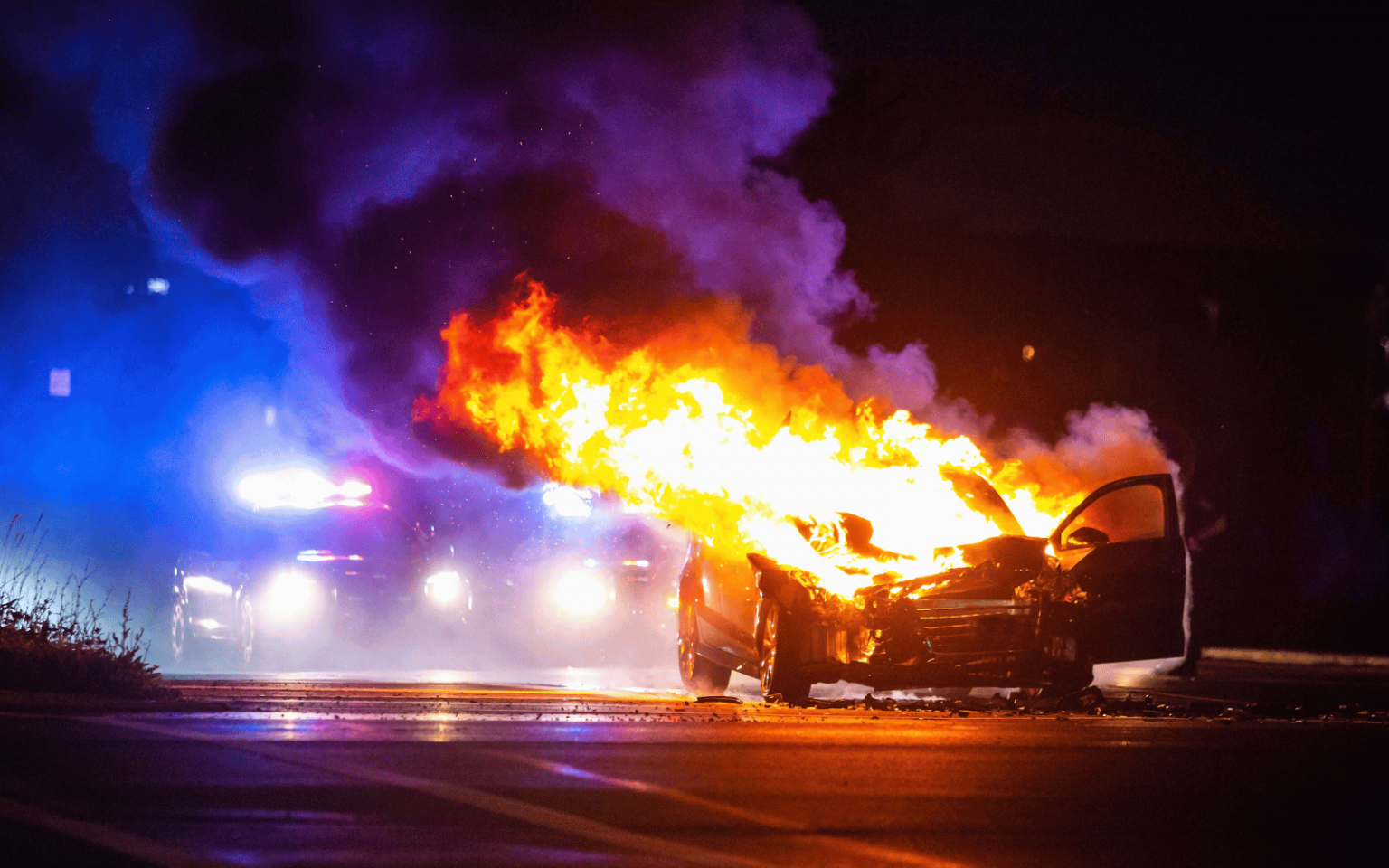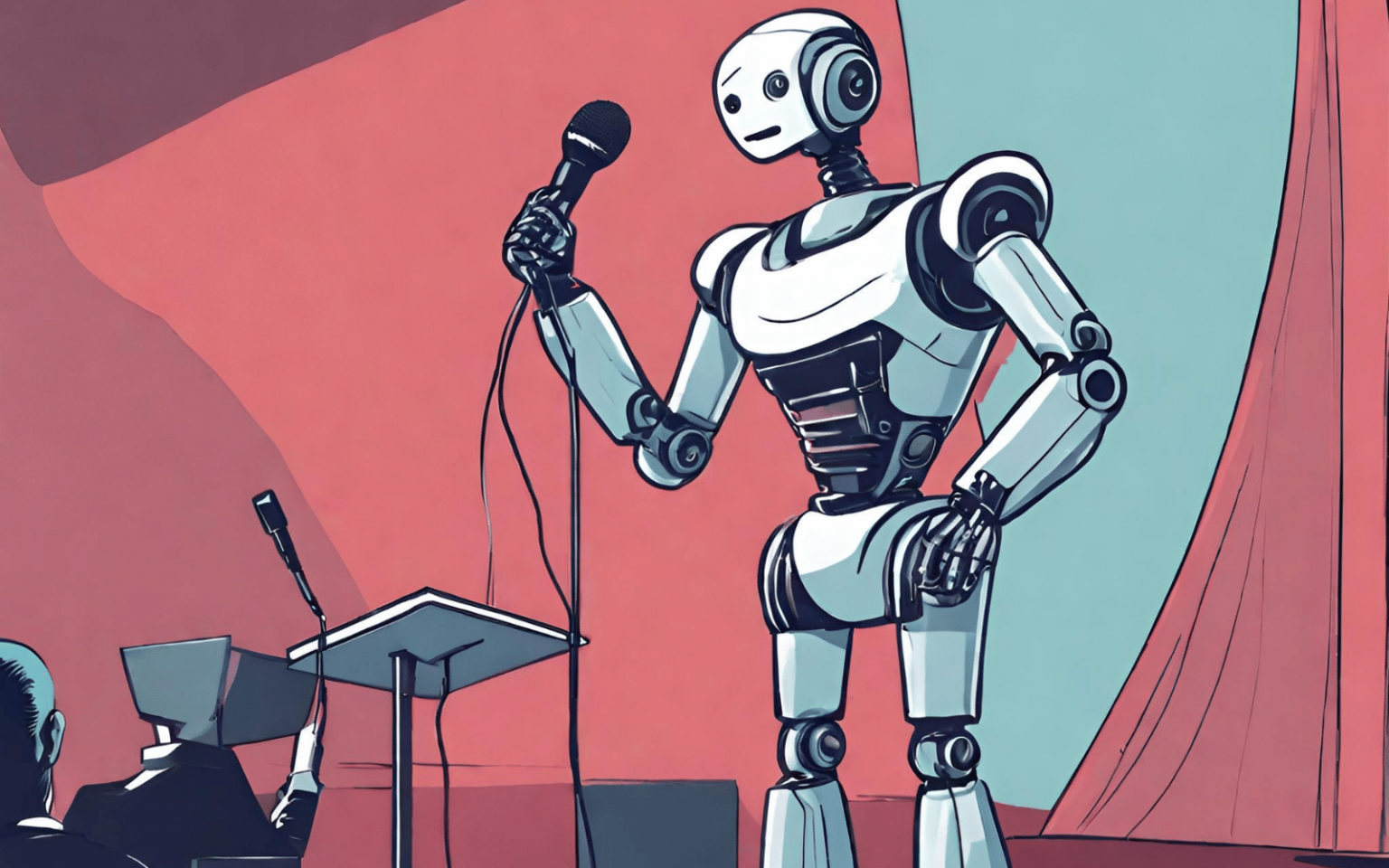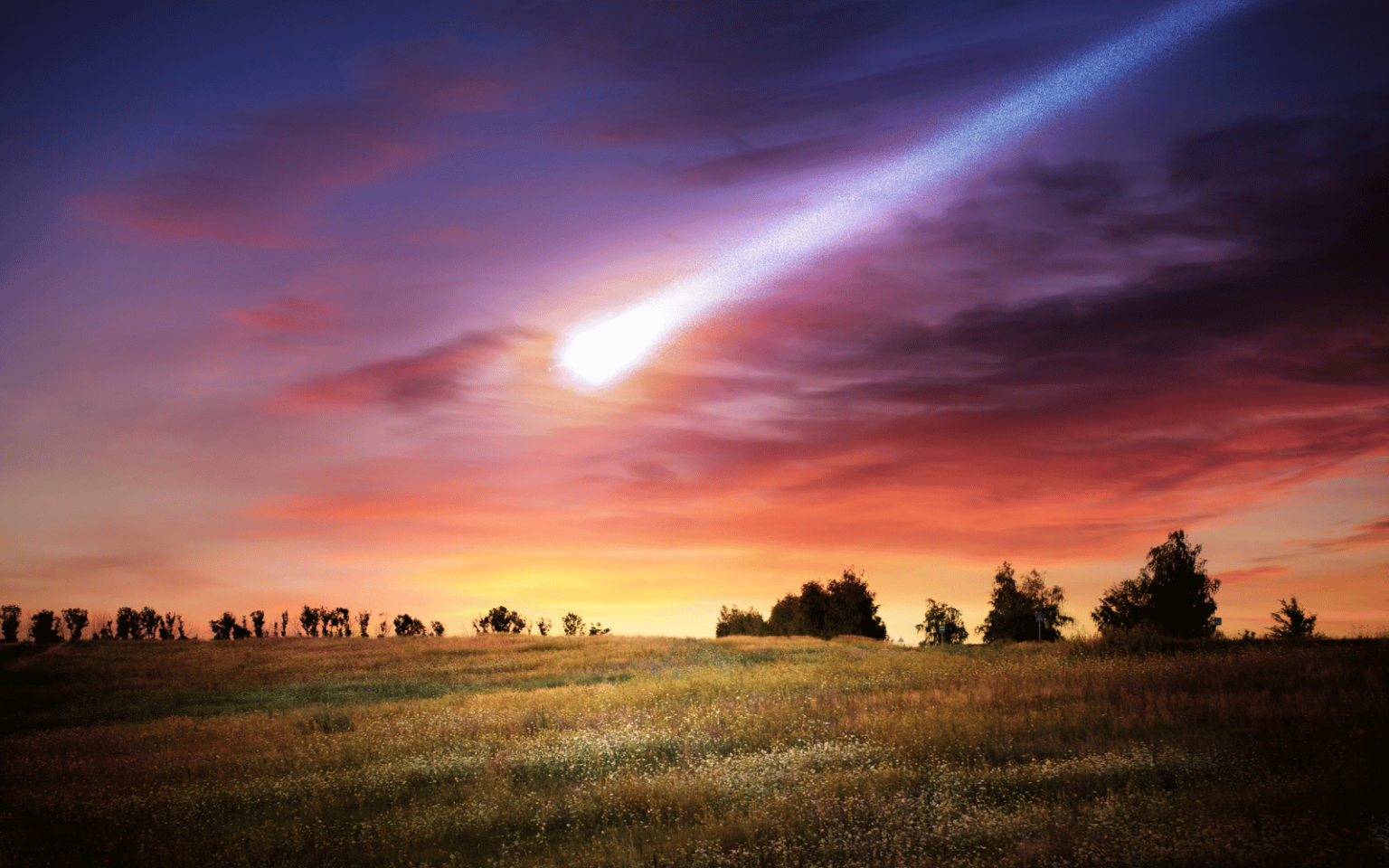In the world of lithium-ion batteries, smartphones take centre stage. Yet they’ve also sparked an ongoing debate: does prolonged (or overnight) charging wreak havoc on your battery? A number of factors determine a phone battery’s lifespan, including its manufacturing age and its chemical age. The latter refers to the battery’s gradual degradation due to variables such as fluctuations in temperature, charging and discharging patterns and overall usage. Over time, the chemical ageing of lithium-ion batteries reduces charge capacity, battery lifespan and performance. According to Apple: A normal [iPhone] battery is designed to retain up to 80% of its original capacity at 500…
Author: The Conversation
In my digital studies class, I asked students to pose a query to ChatGPT and discuss the results. To my surprise, some asked ChatGPT about my biography. ChatGPT said I received my PhD from two different universities, and in two different subject areas, only one of which represented the focus of my doctoral work. This made for an entertaining class, but also helped illuminate a major risk of generative AI tools — making us more likely to fall victim to persuasive misinformation. To overcome this threat, educators need to teach skills to function in a world with AI-generated misinformation. Worsening the…
In the past, you may have envied your neighbour when they bought a new car or went on holiday abroad when you could not. Although these feelings of envy would have been perfectly valid, they were isolated incidents that would last for a short period of time. Today’s world is vastly different, as we carry comparison machines around with us in the form of mobile phones. The rise of social media has had many benefits but also given rise to social media envy when users perceive the perfect lives of others – even though they are rarely as perfect as…
Non-fungible tokens (NFTs) are in dire straits. With the market in a severe downturn, it’s safe to assume the NFT bubble has well and truly burst. It was never clear why these digital collectables traded for such large amounts of money. Now they mostly do not. What’s behind their turn of fate? And is there any hope for their future? What are NFTs? Non-fungible tokens are a blockchain-based means to claim unique “ownership” of digital assets. “Non-fungible” means unique, as opposed to a “fungible” item such as a five-dollar bill, which is the same as every other five-dollar bill. But…
Every so often, astronomers glimpse an intense flash of radio waves from space – a flash that lasts only instants but puts out as much energy in a millisecond as the Sun does in a few years. The origin of these “fast radio bursts” is one of the greatest mysteries in astronomy today. There is no shortage of ideas to explain the cause of the bursts: a catalogue of current theories shows more than 50 potential scenarios. You can take your pick from highly magnetised neutron stars, collisions of incredibly dense stars or many more extreme or exotic phenomena. How can we figure out…
Picture this: you’re cruising down the Great Ocean Road in your brand new electric vehicle (EV), the ocean to your left and the wind in your hair. But what if I told you this idyllic drive could turn into a nightmare, with the faint smell of something burning? When a lithium-ion battery fire breaks out, the damage can be extensive. These fires are not only intense, they are also long-lasting and potentially toxic. What causes these fires? Most electric vehicles humming along Australian roads are packed with lithium-ion batteries. They’re the same powerhouses that fuel our smartphones and laptops…
Like it or not, driverless cars will start to appear on our roads in the not too distant future. In theory, fully autonomous driverless vehicles will offer huge advantages to people with disabilities. Too often, people with disabilities face multiple problems while using public transport. They often need to rely on friends and relatives for lifts or spend too much of their limited budgets on taxis. All of these issues interfere with the rights of a person with disabilities to go shopping, to travel to work, to attend medical appointments, socialise, or go to entertainment venues. Also, people with certain disabilities are not permitted to drive at all, even…
The world has witnessed breathtaking advances in generative artificial intelligence (AI), with ChatGPT being one of the best-known examples. To prevent harm and misuse of the technology, politicians are now considering regulating AI. Yet they face an overlooked barrier: AI may have a right to free speech. Under international law, humans possess an inviolable right to freedom of thought. As part of this, governments have a duty to create an environment where people can think freely. As we’ve seen with ChatGPT, AI can support our thinking, providing information and offering answers to our questions. This has led some to argue that our right…
After many years of designing and selling a variety of different cables to power and charge its devices, Apple has slowly switched to USB-C chargers for all of its products. The last device to swap is the iPhone, and it happened against Apple’s will. In October last year, the European Commission requested all phones and laptop producers switch to the USB-C connector (which had earlier been agreed on as a common standard). Apple could have chosen to ignore the request and stop selling in the EU, or to produce versions with USB-C for the European single market only. Instead, it chose to comply and follow the…
Meteorites – fragments of rock that have fallen to Earth from space in spectacularly fiery meteors – have been the subject of public fascination, awe, myths and even religious worship for thousands of years. In recent decades they’ve become a cosmic Rosetta Stone for scientists investigating the birth throes of our solar system and the organic life it hosts. Meteorites are therefore rightly classified by many countries as an integral part of communal natural heritage and are sought after by museums and private collectors. South Africa, where I research meteorites, is one such country. In late 2021, my colleagues and I were alerted to an exceptional opportunity. Gideon…










